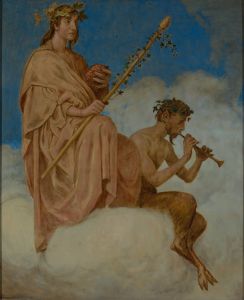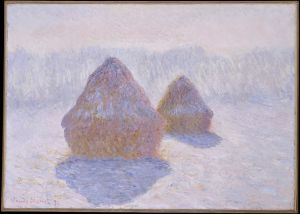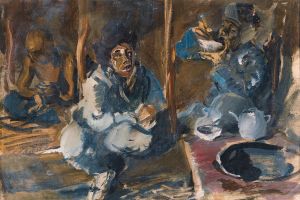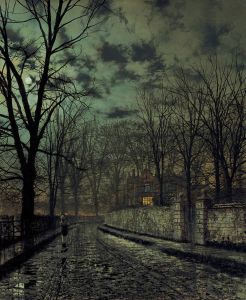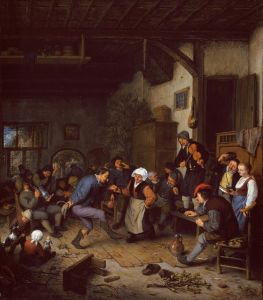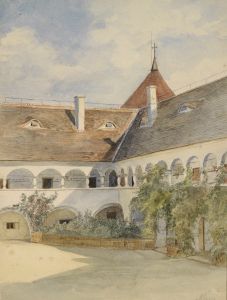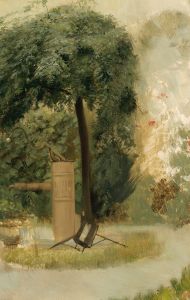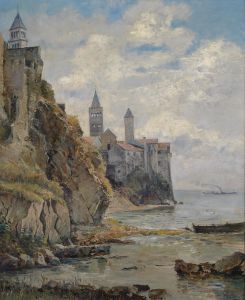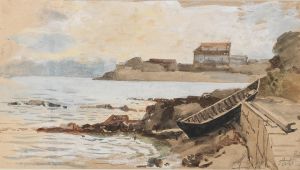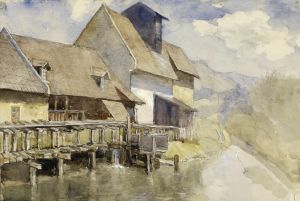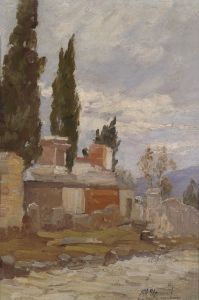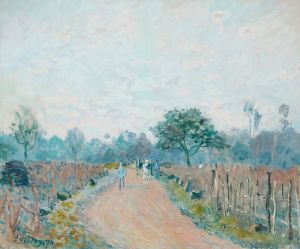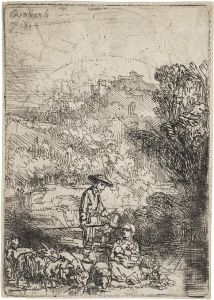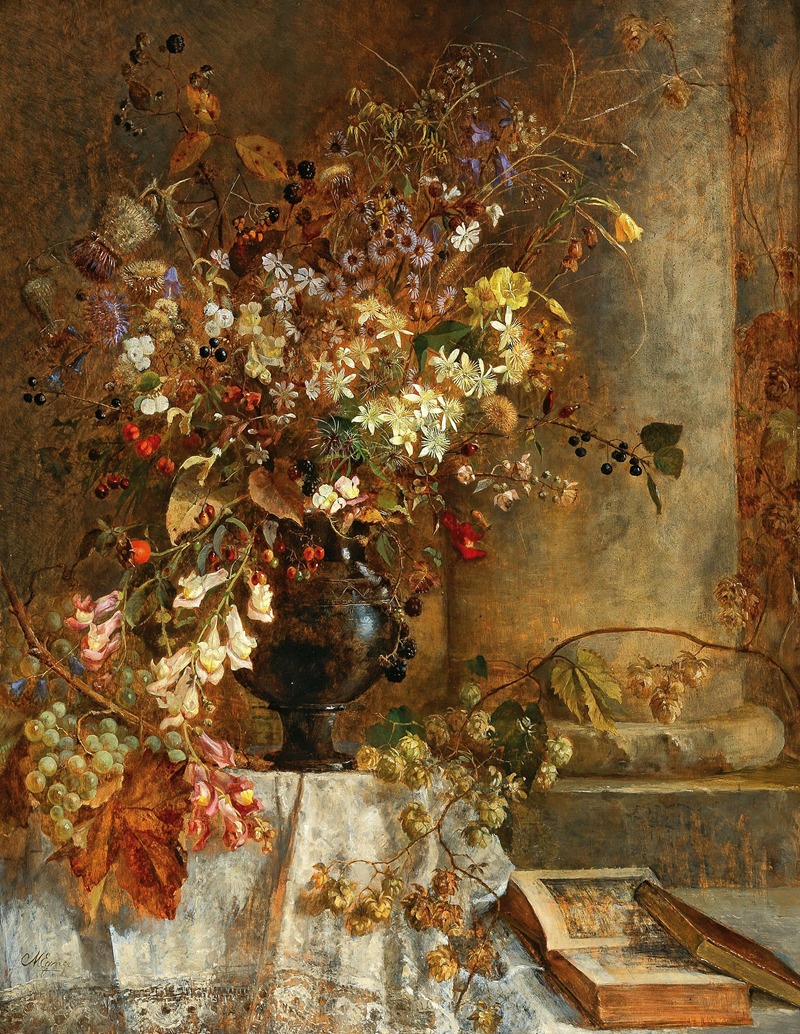
Altweibersommer [Indian summer]
A hand-painted replica of Marie Egner’s masterpiece Altweibersommer [Indian summer], meticulously crafted by professional artists to capture the true essence of the original. Each piece is created with museum-quality canvas and rare mineral pigments, carefully painted by experienced artists with delicate brushstrokes and rich, layered colors to perfectly recreate the texture of the original artwork. Unlike machine-printed reproductions, this hand-painted version brings the painting to life, infused with the artist’s emotions and skill in every stroke. Whether for personal collection or home decoration, it instantly elevates the artistic atmosphere of any space.
Marie Egner's painting Altweibersommer (translated as Indian Summer) is a notable work by the Austrian artist, who was active during the late 19th and early 20th centuries. Egner, born in 1850 in Bad Radkersburg, Austria, was a prominent figure in the Austrian art scene and is recognized for her contributions to landscape painting and her role in the development of women artists during her time.
Altweibersommer exemplifies Egner's mastery of capturing the subtleties of light and atmosphere, hallmarks of her artistic style. The painting depicts a serene autumnal scene, characterized by warm, golden hues and a tranquil mood that reflects the seasonal transition. The term "Altweibersommer" in German refers to a period of warm, sunny weather in early autumn, often accompanied by a nostalgic or reflective tone, which Egner skillfully conveys through her use of color and composition.
Egner studied under the Austrian landscape painter Emil Jakob Schindler, whose influence is evident in her work. Schindler's emphasis on plein air painting and the depiction of natural light had a lasting impact on Egner's artistic approach. She later continued her studies in Düsseldorf and Karlsruhe, further honing her skills and developing her distinctive style.
During her career, Egner participated in numerous exhibitions, including those held by the Vienna Künstlerhaus and the Vienna Secession, two prominent art institutions of the time. Her work was well-received, and she became one of the leading female artists in Austria. Egner was also involved in the women's movement in the arts, advocating for greater recognition and opportunities for women in the field.
While specific details about the creation and exhibition history of Altweibersommer are not widely documented, the painting is representative of Egner's broader body of work, which often focused on landscapes and the interplay of light and shadow. Her paintings are celebrated for their lyrical quality and their ability to evoke a sense of place and emotion.
Marie Egner's contributions to art extended beyond her paintings; she also taught and mentored younger artists, leaving a lasting legacy in the Austrian art world. She passed away in 1940 in Vienna, but her works, including Altweibersommer, continue to be appreciated for their technical skill and emotional resonance.





